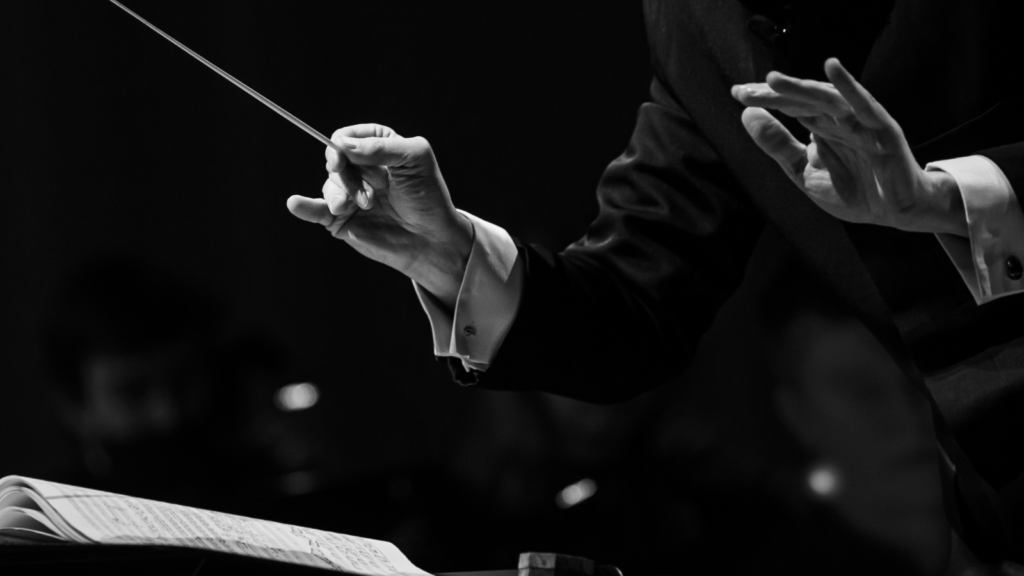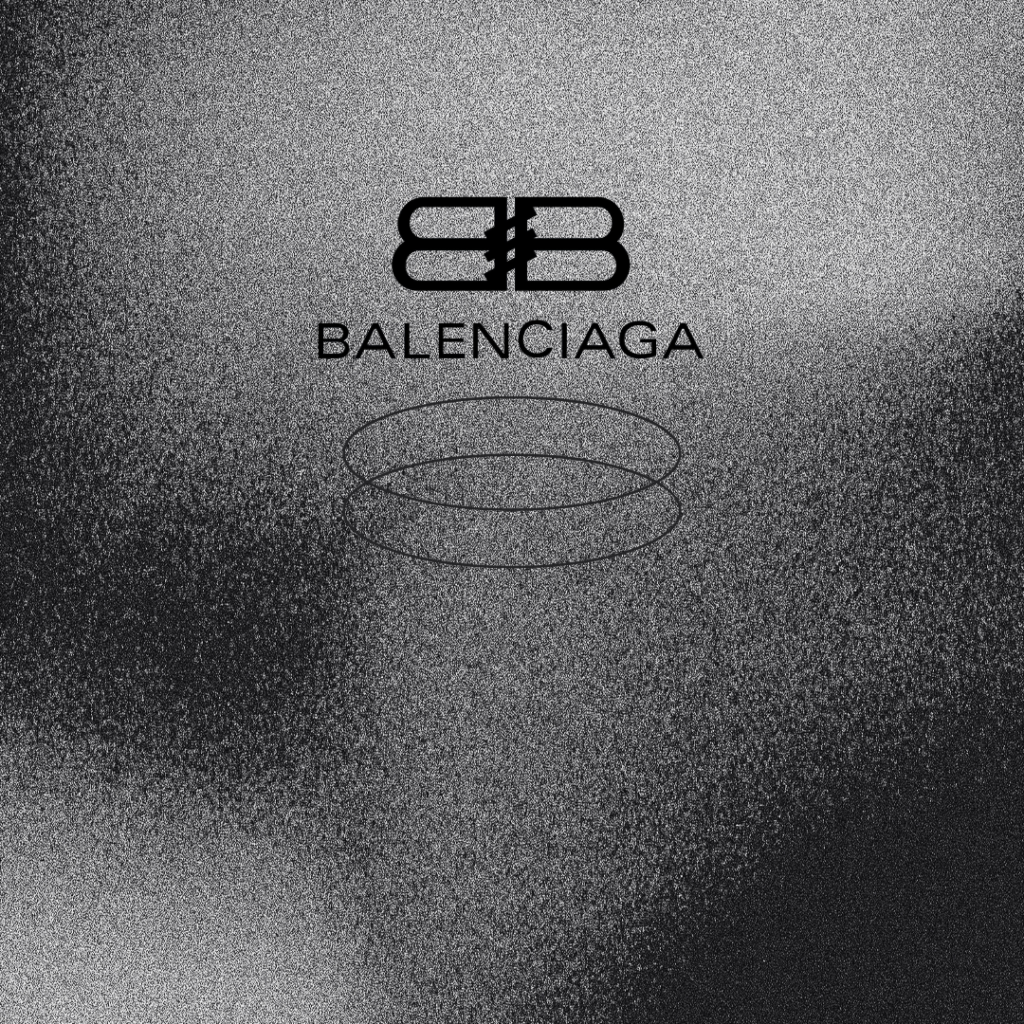Communication is an art. It is evident when you encounter a captivating public speaker.
A music conductor will dedicate weeks, even years, to practicing and perfecting a symphony that enchants a concert hall. Truly great public speakers exercise a shared skill with musicians: cadence.
Just as the pace of a concerto alters the tone and perception of the music, a speaker’s cadence impacts how the message is received — proving it to be a skill worth honing.
Talking too fast risks losing your audience and can make you appear nervous instead of confident. Try this instead:
Practice Reading Aloud
Silent reading may be the norm, but there are big benefits to reading aloud: improved diction, pronunciation, memory retention and awareness of your tempo. (Bonus: this can also help you effectively utilize facial expressions and hand movements that help set your pace).
Breathe
The excitement of being in front of an audience increases your heart rate and quickens your breath. Making a mental (and physical note in your speech) to pause and breathe is a well-seasoned tip that helps you find appropriate times to slow your speech rate.
Vary Your Speed
To take note from a maestro, “[John F. Kennedy] was a master in the art of pacing: knowing when to get the audience fired up by a blasting fury of words, and when to slow everything right down to carefully measuring out each word to emphasize the meaning of his message.”
JFK’s variation of speed captivated audiences and is an excellent practice in being deliberate about your cadence.
Ask a Question
Whether rhetorical or open for answers, breaking up a speech with a question forces the audience to pause and reflect. This helps slow the overall pace and divides your speech into sections that are easily absorbed.
Just as a skilled conductor shapes the rhythm of a piece to evoke emotion, mastering cadence in communication is an art form that elevates the message, ensuring it resonates deeply with those who listen.



